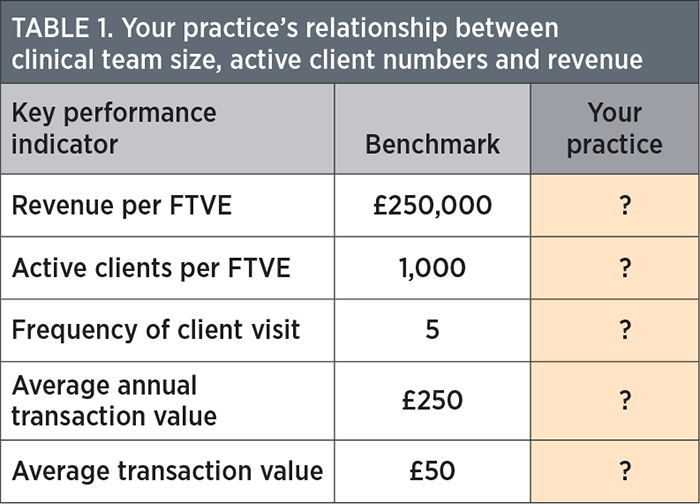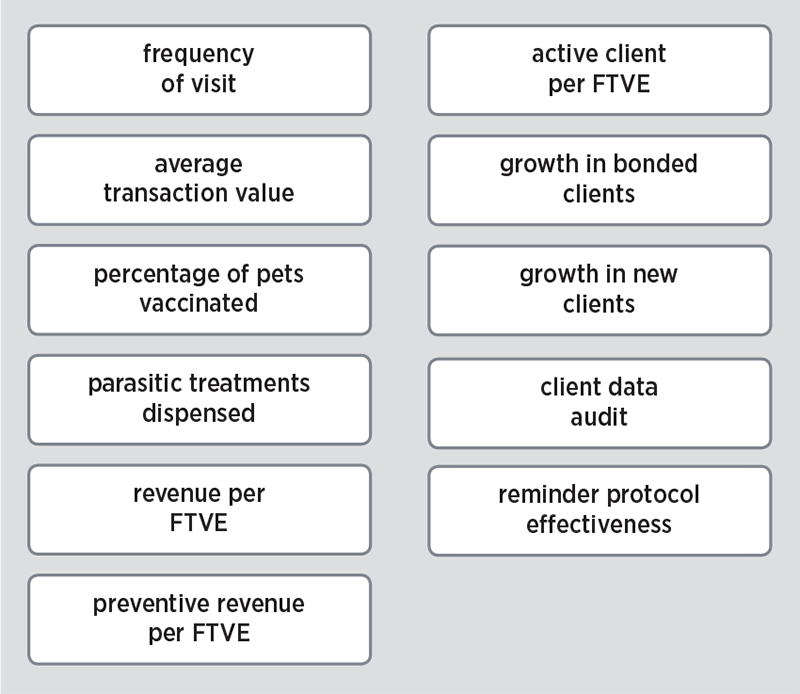6 Aug 2017
Preventive health care is a vital revenue stream for any practice. But, as Nick Steele explains, it is an area where opportunities are often missed.

IMAGE: Fotolia/zenstock.
My partner is the director of an NHS hospital and guides his decision-making with the mantra “what’s good for the patient is good for the organisation”, and this got me thinking what the mantra would be for a veterinary practice.
I concluded on “good medicine is good business” to reflect the commercial nature of a veterinary practice, and because good clinical care results in good patient and business outcomes.
Today, most practices are focused on keeping as many of their patients well through the preventive health care they offer, and I looked at what percentage of the total pharmaceutical market preventive health care comprised; it is 40%. So, preventive health care is a real foundation for the clinical and business outcomes a practice delivers.
Yet, it struck me that in nine years of the Zoetis business consulting team looking at preventive performance in practice, so much more potential is still to be realised. So, how should practices approach this focus on preventive health care?
At Zoetis, we have a very clear philosophy that the three key drivers of business success in a veterinary practice are:
In fact, delivering medical value is the most important, as the others will flow from this. But how do we define it? In the late 1990s, Heskett, Sasser and Schlesinger published their work examining value in a services-led business, which they described as:
process quality + results ÷ price + customer access cost = customer value
For me, in a veterinary practice, the equation looks like this:
customer experience + clinical outcome ÷ price + convenience = medical value
The medical value your clients perceive is a combination of the clinical outcome you provide to their pets, combined with the service they experience from your practice, offset by the price they pay and the convenience or hassle involved in choosing you as their vet.
So, having medical value at the centre of our focus on preventive health care shows us customer experience, and the convenience you provide your clients is just as important as the clinical outcomes your product choice and protocols provide, and the price you charge.
I have been in a few practices with no focus on preventive health care and with many reasons for this; my challenge to them is always “why not?” We know clients who choose you to vaccinate their pets visit more frequently and spend more on an annual basis than clients who don’t vaccinate, so clearly it’s a key tactic for delivering medical value.
So, what’s the revenue and profit opportunity being missed by these practices? Over the past two years, Zoetis has built up a considerable level of insight into the costs, pricing and profits of practices through our Profit Solver service, so I wondered what the revenue and profit opportunity could be using data from Profit Solver.
As we know, pricing in veterinary practice is constructed in the following way:
labour + equipment + inventory + profit = price
The thing about pricing for a service where clients tend to shop around – such as a cat booster consult – the price you charge will be determined by your local market.
The average break-even costs for a cat booster consult from two years of Profit Solver data came out at £31.06, making £37.27 when a 20% profit is applied. Do you know what your break-even costs are? Do these figures suggest your booster consults are profitable or loss makers?
So, using the same figures, what would a totally compliant cat owner contribute to your practice if he or she vaccinates a cat and purchases 12 monthly treatments of, say, Stronghold Plus?
Consult/vaccination:
vet @15 mins (£21.90) + equipment (£0.21) + inventory (£8.95) + profit (£6.21) = price £37.27
Product sale: inventory (£41.60) + markup (£41.60) − reception @10 mins (£6.60) = price £76.60
TOTAL £113.87
In this illustration, I’ve worked on the assumption the practice only needs to see the patient once in 12 months to have a full year of preventive treatments dispensed to it, so that requires about 10 minutes of receptionist time over the year.
The inventory cost is based on an average net, net cost of Stronghold Plus and the profit is a 100% markup on the product minus the cost of the non-billable receptionist time. The price is, therefore, calculated by adding the inventory and the profit; the receptionist’s time is non-billable.
This clearly shows focusing on preventive compliance not only delivers the best clinical outcome, but a valuable business outcome, too.
Hopefully, that clearly underlines the reasons why focusing on preventive health care is good medicine and good business; now we need to look at how you measure your current performance to allow you to set goals and identify tactics to realise the opportunity.

Since preventive health care is such a key part of practice business, I’d always start at the overall revenue level and diagnose how revenue was being generated. A favourite tool to use here is this model of inter-related key performance indicators (KPIs; Figure 1), which will clearly show you what is driving your revenue performance.
This is an important step as the results will guide you later in identifying how you will achieve your set goal.
Next, I’d begin to look more closely at the relationship between the size of your clinical team, the number of active clients (that is, transacted in the previous 12 months) and the revenue being generated off the client base. To begin this, we stick with the generally accepted starting points shown in Table 1.
Knowing what this looks like for your practice is essential. Are you working off a smaller client base and generating higher levels of revenue? Or, do you have high client numbers, but a lower transaction value? Regardless, the question is: are you generating enough revenue and are you profitable enough?
Now we understand this relationship, we need to look at the preventive health care performance it is delivering. For me, the two KPIs here are the percentage of active cats and dogs being vaccinated and the number of flea and tick treatments being dispensed to active cats and dogs.
Looking at market data and medicalised pet numbers, an average performance for dogs is 60% to 70% and 3.05; for cats, it’s 30% to 40% and 0.8.
So, you can see a massive opportunity exists to improve clinical and business outcomes.

Your analysis of your revenue performance will have given you some idea of what you need to do to improve your performance and you can also identify this by considering how KPIs fit around our model of a practice and the drivers of growth. I consider that looks something like Figure 2.
Capturing your performance in this way will clearly identify the KPIs you need to focus on and what your team needs to do to deliver the goal.
Having done all this analysis into your performance, we need to create a SMART goal so you can provide your team with the clarity it needs. What is the team’s contribution to delivering this goal? How do you need to change the message to get everyone on board? Do they understand why it is important?
A SMART goal is written as:
(verb) (measurement) from (base x) to (target y) by/within (timeframe)
For example: “Increase cat vaccination from 45% to 60% within 12 months” and “increase the number of flea and tick treatments dispensed to cats from 1 to 6 within 12 months”.
Having goals described in this way allows you to lead your team in identifying the best ways to achieve them. What will we each be doing? How will we measure how
we’re doing? This process in itself is a great way to bring the team onboard and get everyone behind the goal.
Good medicine is good business; providing good clinical outcomes to your patients, putting effort into engaging with your clients will combine to deliver excellent business outcomes. Preventive health care is the biggest opportunity you have to achieve this.